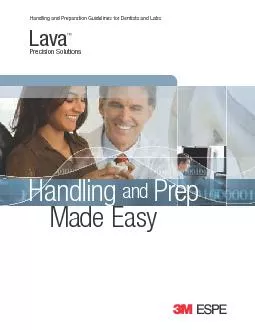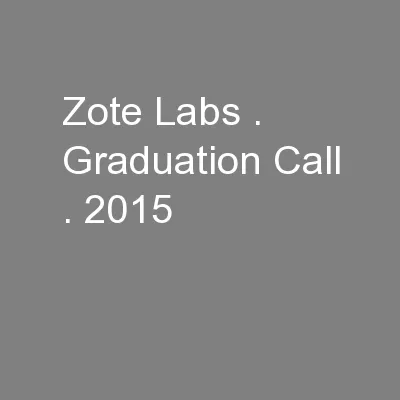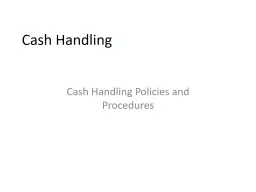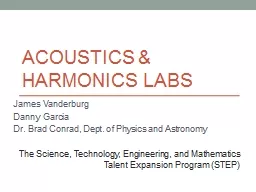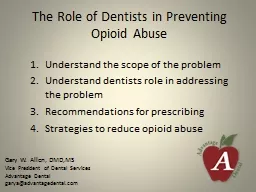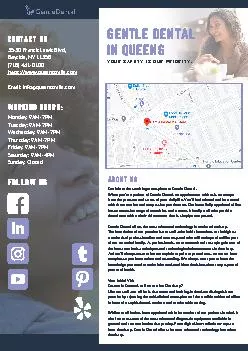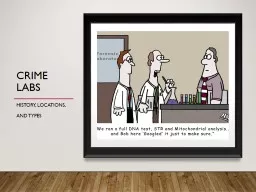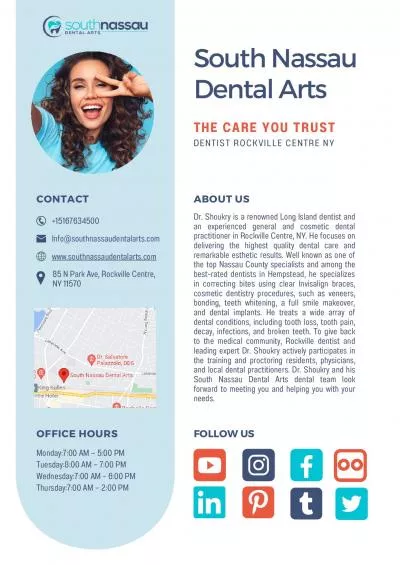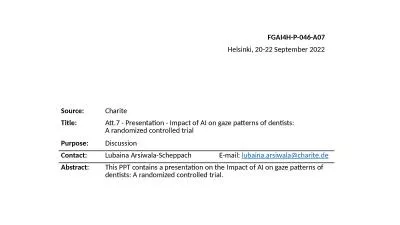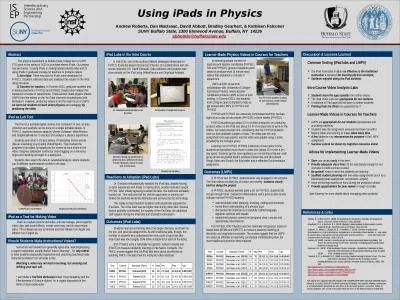PDF-Handling and Preparation Guidelines for Dentists and Labs
Author : giovanna-bartolotta | Published Date : 2017-01-29
Handling and Made EasyLavaPrecision Solutions Possible Indications with the Lava System 4Clinical Requirements for Adhesive and Inlay
Presentation Embed Code
Download Presentation
Download Presentation The PPT/PDF document "Handling and Preparation Guidelines for ..." is the property of its rightful owner. Permission is granted to download and print the materials on this website for personal, non-commercial use only, and to display it on your personal computer provided you do not modify the materials and that you retain all copyright notices contained in the materials. By downloading content from our website, you accept the terms of this agreement.
Handling and Preparation Guidelines for Dentists and Labs: Transcript
Download Rules Of Document
"Handling and Preparation Guidelines for Dentists and Labs"The content belongs to its owner. You may download and print it for personal use, without modification, and keep all copyright notices. By downloading, you agree to these terms.
Related Documents

